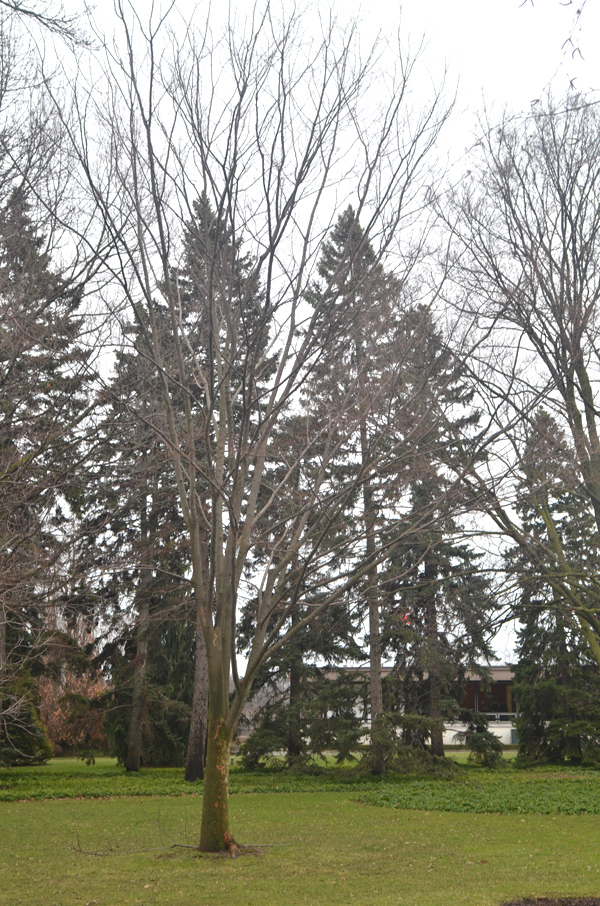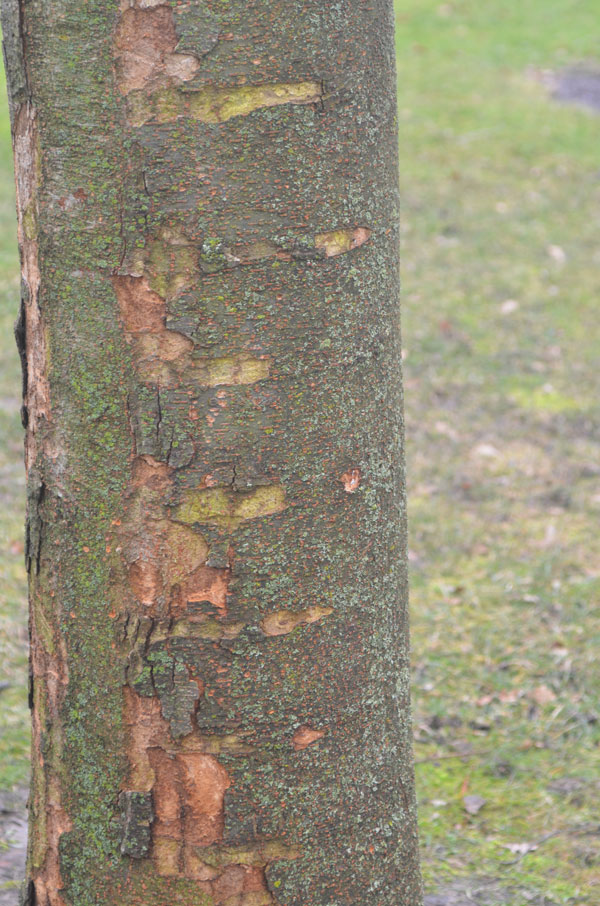| General Description | Zelkova serrata ‘Halka’ is a smaller, fast growing tree, with graceful, arching limbs that closely resembles an Elm. |
| ID Characteristic | Leaves are long with serrated edge, the bark is smooth with prominent lenticels, and the flowers are small, green and clumped together near the branch tip. |
| Shape | Upright and vase shape. |
| Landscape | Halka Zelkova makes for an excellent shade and specimen tree due to its foliage and bark. Replacing most of the American Elms due to its resistance to Dutch elm disease, it is a wonderful tree for parks and other recreational areas due to its size (as it is smaller than most Zelkova’s). |
| Cultivation | Requires full sun and prefers well drained, moist, soils. |
| Pests | None that pose a serious problem, however, can be susceptible to mistletoe and Japanese beetles. |
| Notable Specimens | The Niagara Parks Botanical Garden, Niagara Falls, Ontario, Canada. |
| Habitat | Horticultural origin. |
| Bark/Stem Description | Smooth bark with raised lenticels, when peeled back reveals orange patches. |
| Leaf Description | Deep green with long, alternate, oblong-ovate leaves that are serrate with acuminate teeth. |
| Flower Description | Small, green, unattractive and clumped together. |
| Colour Description | Dark green leaves in spring and summer, with attractive yellowish colour in autumn. Has an interesting bark colour of slightly deep orange when bark begins to peel. |

